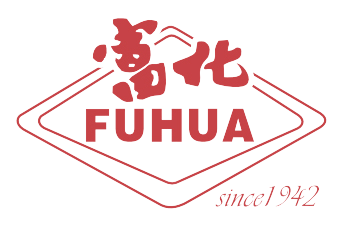
Maybe you don't know how the barium sulphate you use is produced. In fact, it has different methods to produce and use in different industries. Below I will tell you the relevant information to help you use it better.
you will know as follows:
Chemical principle of production
Production Process
Eight methods of using it
Chemical principle of production
Almost all of the barium consumed commercially is obtained from barite, which is often highly impure. Barite is processed by carbothermal reduction (heating with coke) to give barium sulfide:
BaSO4 + 4 C → BaS + 4 CO
In contrast to barium sulphate, barium sulfide is soluble in water and readily converted to the oxide, carbonate, and halides. To produce highly pure barium sulphate, the sulfide or chloride is treated with sulfuric acid or sulfate salts:
BaS + H2SO4 → BaSO4 + H2S
Barium sulphate produced in this way is often called blanc fixe, which is French for "permanent white." Blanc fixe is the form of barium encountered in consumer products, such as paints.[5]
In the laboratory barium sulphate is generated by combining solutions of barium ions and sulfate salts. Because barium sulphate is the least toxic salt of barium due to its insolubility, wastes containing barium salts are sometimes treated with sodium sulfate to immobilize (detoxify) the barium. Barium sulphate is one of the most insoluble salts of sulfate. Its low solubility is exploited in qualitative inorganic analysis as a test for Ba2+ ions as well as for sulfate.
Production Process
There are two main production processes for barium sulphate: the Glauber's salt method and the sulfuric acid method.
Glauber's salt method is the conversion of natural barite ore by calcination to barium sulfide, and then reacted with sodium sulfate (sodium sulfate) to form precipitated barium sulphate and by-product sodium sulfide. The sulfuric acid method converts barium sulfide into carbonic acid, and then reacts with pure sulfuric acid to form precipitated barium sulphate.
It can be seen from the above production process of barium sulphate that the free enthalpy, odor (residual sulfur ion), impurities and black spots and whiteness of the precipitated barium sulphate by the sulfuric acid method are several steps higher than the Glauber's salt method, and the cost is also high. A lot, so it is currently the most expensive precipitated barium sulphate on the market.
At present, 95% of the domestic manufacturers are Glauber's salt method, mainly used in coatings and powder coatings, and partly used in plastic modification, mainly used in transparent filler masterbatch and high-gloss PP.
Eight methods of using it
1. Coating grade (TL): special modified precipitated barium sulphate for white body pigments and various water-based, oil-based, resin industrial coatings, primers, protective paints, etc.
2. Paper grade (ZZ): it is used as a filler for various paper and paperboard, wood asphalt control agent.
3. Plastic grade (SL): a filler for plastics such as polypropylene, nylon, polyvinyl chloride, polyethylene, polystyrene and polyester.
4. Rubber grade (AJ): High gloss barium sulphate is used as a rubber filler and rubber product release agent.
5. Cable grade (DL): used for cable rubber reinforcement, cable release agent.
6. Ceramic grade (TC): used in the manufacture of electric porcelain, radio porcelain, various industrial ceramics, architectural ceramics, household ceramics and enamel.
7. Waterproof material grade (FS): used for waterproofing membranes, waterproof coatings, waterproof greases, etc.
8. Superfine precipitated barium sulphate: used in advanced paints, plastics, cable rubber, cosmetics, copper paper coatings, textile lubricants, etc.
The above introduction should give you an idea of the production principle of barium sulphate. For more detailed information, you can go to the website to learn or contact us, we will answer your questions.

